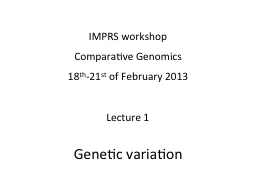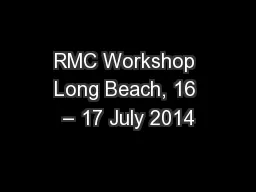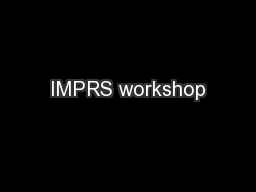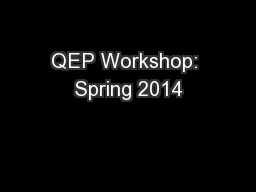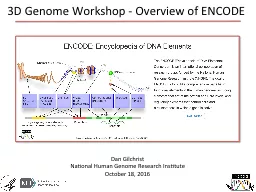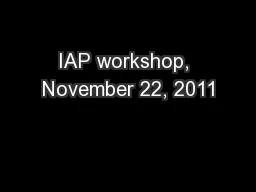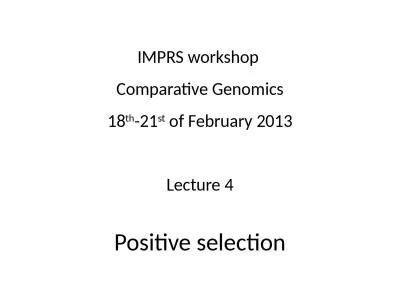PPT-IMPRS workshop
Author : alexa-scheidler | Published Date : 2016-08-07
Comparative Genomics 18 th 21 st of February 2013 Lecture 1 Genetic variation At what level do we study and compare genetic variation Populations Individuals Kingdom
Presentation Embed Code
Download Presentation
Download Presentation The PPT/PDF document "IMPRS workshop" is the property of its rightful owner. Permission is granted to download and print the materials on this website for personal, non-commercial use only, and to display it on your personal computer provided you do not modify the materials and that you retain all copyright notices contained in the materials. By downloading content from our website, you accept the terms of this agreement.
IMPRS workshop: Transcript
Download Rules Of Document
"IMPRS workshop"The content belongs to its owner. You may download and print it for personal use, without modification, and keep all copyright notices. By downloading, you agree to these terms.
Related Documents

